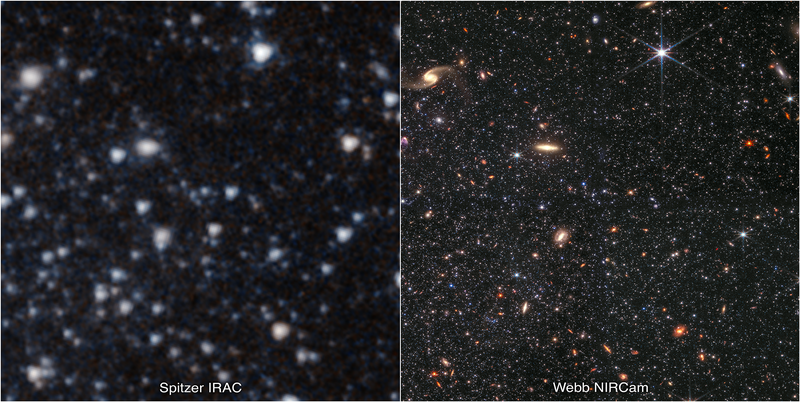https://www.popsci.com/science/james-webb-space-telescope-dwarf-galaxy/?utm_source=Newsletter+Subscribers&utm_campaign=1f2dd86637-EMAIL_CAMPAIGN_2022_11_10_09_08&utm_medium=email&utm_term=0_387276506e-1f2dd86 [login to see] 06#affinity=SPace
SHARE
In the vastness of space, galaxies can get a little isolated. That’s the case for a dwarf galaxy called Wolf–Lundmark–Melotte (WLM), which is one-tenth the size of our home Milky Way galaxy and pretty close by space standards at 3 million light years away. According to NASA, WLM can be seen in the constellation Cetus.Lonesome or not, WLM is ready for its close-up. The James Webb Space Telescope (JWST) took an incredibly detailed image of WLM using its near-infrared spotting tech to reveal a deep glimpse into the stars of the galaxy. The images were released to the public on November 9 and the data from this image could help astronomers study the early days of the universe since WLM’s seclusion has helped it maintain a chemical make-up that is similar to those of the galaxies in the early universe.



 Astronomy
Astronomy Space
Space Science
Science


